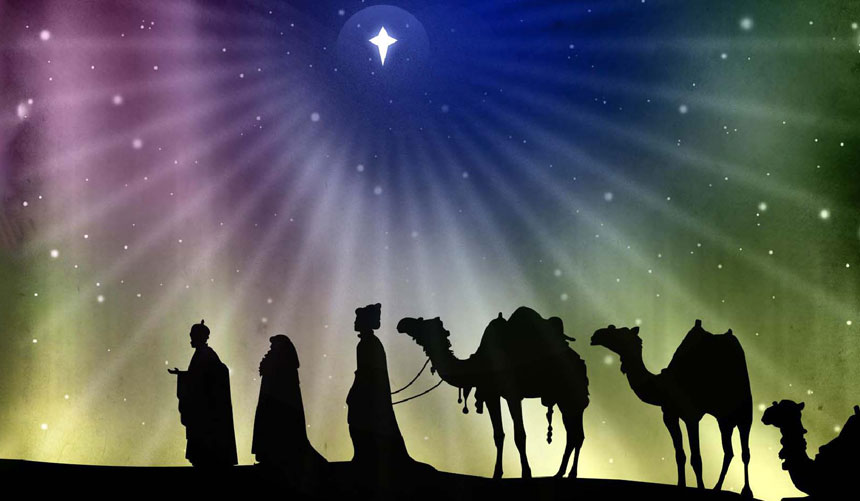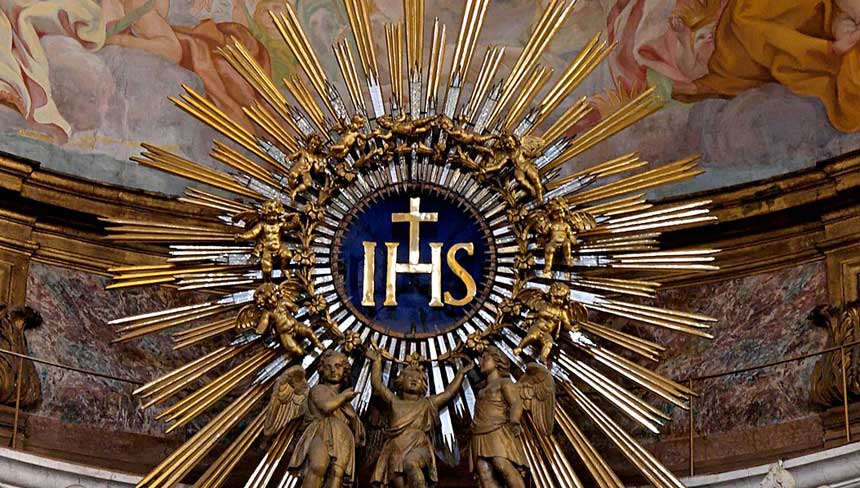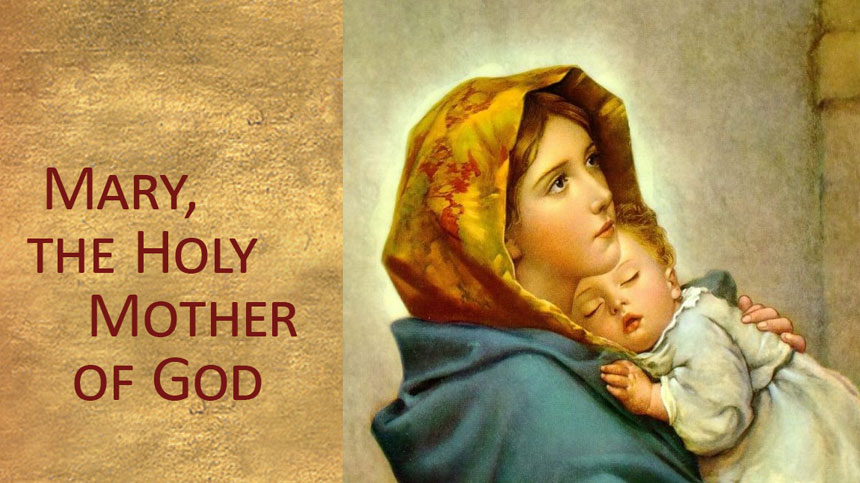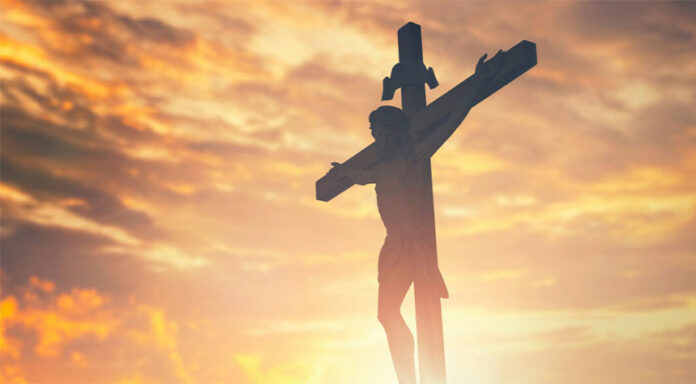• March 29, 2024, Today’s Rosary on YouTube | Daily broadcast at 7:30 pm ET
• The Audio Podcast of this Rosary is Available Here Now!
Friends of the Rosary,
Today, the whole Church commemorates the commemorate the Passion and crucifixion of Jesus Christ when He died for the sins of the world. It’s a solemn day of mourning and also a legal holiday around much of the world. It’s a day of sadness, spent in fasting, abstinence, and prayer. Practicing some mortifications today, such as eating less or standing up is appropriate.
We find ways to slow down and have more quiet to contemplate this day, avoiding loud conversations and restricting ourselves from distractions, entertainment, and social media.
We can pray for different devotions like the Rosary, Stations of the Cross, the Divine Mercy devotions, and do meditative readings of the passion of Christ.
The title for this day varies in different parts of the world: “Holy Friday” for Latin nations, in Germany, it is “Friday of Mourning,” in Norway, it is “Long Friday.” Some view the term “Good Friday” (used in English and Dutch) as a corruption of the term “God’s Friday.”
Liturgically, around three o’clock in the afternoon, we participate in the “Celebration of the Lord’s Passion.” The service — not a mass — is divided into three parts: the Liturgy of the Word, the Veneration of the Cross — when we joyfully venerate and kiss the wooden cross “on which hung the Savior of the world —, and Holy Communion.
In the Liturgy of the Word, we hear the passages from Isaiah of famous of the Suffering Servant (52:13-53:12). Psalm 30 is the Responsorial Psalm “Father, I put my life in your hands.” The Second Reading is from the letter to the Hebrews, 4:14-16; 5:7-9. The Gospel Reading is the Passion of St. John.
The ten intercessions cover these areas:
- For the Church
- For the Pope
- For the clergy and laity of the Church
- For those preparing for baptism
- For the unity of Christians
- For the Jewish people
- For those who do not believe in Christ
- For those who do not believe in God
- For all in public office
- For those in special need
Summary of St. John’s Narrative of Christ’s Passion
Judas betrayed Jesus on the night of the Last Supper, commemorated on Holy Thursday.
The morning following Christ’s arrest in the Garden of Gethsemane, He was convicted of proclaiming himself to be the King of the Jews.
Before his execution, Jesus was flogged, which was a customary practice intended to weaken a victim before the crucifixion. Crucifixion was an especially painful method of execution reserved for the worst criminals, and generally Roman citizens, women, and soldiers were exempt in most cases.
During his scourging at the pillar, the soldiers tormented Jesus, crowning Him with thorns and ridicule.
After this cruel torture, Jesus was compelled to carry his cross to the place of His execution, at Calvary.
During his walk to the site of His execution, Jesus fell three times and the Roman guards randomly selected Simon, a Cyrene, to help Jesus carry the Cross.
After arrival at Calvary, Jesus was nailed to the cross and crucified between two thieves.
One of the thieves, Dimas, repented of his sins and accepted Christ while on the cross beside Him.
A titulus, or sign, was posted above Christ to indicate His supposed crime. The titulus read, “Jesus of Nazareth, King of the Jews.” It is commonly abbreviated in Latin as “INRI” (Iesus Nazarenus, Rex Iudaeorum).
During Christ’s last few hours on the cross, darkness fell over the whole land. Jesus was given a sponge with sour wine mixed with gall, a weak, bitter painkiller often given to crucified victims.
Before death, Jesus spoke His last words, “My God, my God, why have you forsaken me?”
Guards then lanced Jesus’ side to ensure He was dead. At the moment of Christ’s death, an earthquake occurred, powerful enough to open tombs. The long, thick curtain at the Temple was torn from top to bottom.
Following the incredible events of the day, the body of Christ was removed from the cross and laid in a donated tomb, buried according to custom.
The events of Holy Friday are commemorated in the Stations of the Cross, a 14-step devotion often performed during Lent and especially today.
Comment
The Father sent his Son to bring divine light to the darkest place. Christ Jesus offered his body in sacrifice to take away the sin of the world. St. Anselm said that the death of the Son reestablished the right relationship between divinity and humanity.
Ave Maria!
Jesus, I Trust In You!
To Jesus through Mary!
Here am I, Lord; I come to do your will!
+ Mikel Amigot | RosaryNetwork.com, New York











